
A Taste of Barcelona
Big City Food Biographies Series
Series Editor
Ken Albala, University of the Pacific, kalbala@pacific.edu
Food helps define the cultural identity of cities in much the same way as the distinctive architecture and famous personalities. Great cities have oneof-a-kind food cultures, offering the essence of the multitudes who have immigrated there and shaped foodways through time. The Big City Food Biographies series focuses on those metropolises celebrated as culinary destinations, with their iconic dishes, ethnic neighborhoods, markets, restaurants, and chefs. Guidebooks to cities abound, but these are real biographies that will satisfy readers desire to know the full food culture of a city. Each narrative volume, devoted to a different city, explains the history, the natural resources, and the people that make that citys food culture unique. Each biography also looks at the markets, historic restaurants, signature dishes, and great cookbooks that are part of the citys gastronomic make-up.
Books in the Series
New Orleans: A Food Biography , by Elizabeth M. Williams
San Francisco: A Food Biography , by Erica J. Peters
New York City: A Food Biography , by Andrew F. Smith
Portland: A Food Biography , by Heather Arndt Anderson
Chicago: A Food Biography , by Daniel R. Block and Howard B. Rosing
Kansas City: A Food Biography , by Andrea L. Broomfield
Rio De Janeiro: A Food Biography , by Marcia Zoladz
Madrid: A Culinary History , by Maria Paz Moreno
The Food and Drink of Sydney: A History , by Heather Hunwick
A History of the Food of Paris: From Roast Mammoth to Steak Frites , by Jim Chevallier
The Food and Drink of Seattle: From Wild Salmon to Craft Beer , by Judith Dernwith Deborah Ashin
Taipei: A Food Biography , by Steven Crook and Katy Hui-wen Hung
Miami: A Food Biography , by Kimberly Wilmot Voss
A Taste of Naples: Neapolitan Culture, Cuisine, and Cooking , by Marlena Spieler
The Eternal Table: A Cultural History of Food in Rome , by Karima Moyer-Nocchi
A Taste of Barcelona: The History of Catalan Cooking and Eating , by H. Rosi Song and Anna Riera
Vienna: A Food Biography , by Martina Kaller and Karl Vocelka
Published by Rowman & Littlefield
An imprint of The Rowman & Littlefield Publishing Group, Inc.
4501 Forbes Boulevard, Suite 200, Lanham, Maryland 20706
www.rowman.com
6 Tinworth Street, London SE11 5AL, United Kingdom
Copyright 2019 by The Rowman & Littlefield Publishing Group, Inc.
All rights reserved . No part of this book may be reproduced in any form or by any electronic or mechanical means, including information storage and retrieval systems, without written permission from the publisher, except by a reviewer who may quote passages in a review.
British Library Cataloguing in Publication Information Available
Library of Congress Cataloging-in-Publication Data
Names: Song, H. Rosi, 1970 author. | Riera, Anna, author.
Title: A taste of Barcelona : the history of Catalan cooking and eating / H. Rosi Song and Anna Riera.
Description: Lanham : Rowman & Littlefield, [2019] | Series: Big city food biographies series | Includes bibliographical references and index.
Identifiers: LCCN 2019007212 (print) | LCCN 2019007965 (ebook) | ISBN 9781538107843 (electronic) | ISBN 9781538107836 (cloth : alk. paper)
Subjects: LCSH: Cooking, SpanishCatalonian style. | LCGFT: Cookbooks.
Classification: LCC TX723.5.S7 (ebook) | LCC TX723.5.S7 S66 2019 (print) | DDC 641.59467dc23
LC record available at https://lccn.loc.gov/2019007212
 The paper used in this publication meets the minimum requirements of American National Standard for Information SciencesPermanence of Paper for Printed Library Materials, ANSI/NISO Z39.48-1992.
The paper used in this publication meets the minimum requirements of American National Standard for Information SciencesPermanence of Paper for Printed Library Materials, ANSI/NISO Z39.48-1992.
To our mothers, He Young and Rosa Maria, and to Noa, who was born with this book
Contents
Guide
C ities are rather like living organisms. There are nerve centers, circulatory systems, structures that hold them together, and of course conduits through which food enters and waste leaves the city. Each city also has its own unique personality, based mostly on the people who live there but also on the physical layout, the habits of interaction, and the places where people meet to eat and drink. More than any other factor, it seems that food is used to define the identity of so many cities. Simply say any of the following words and a particular place immediately leaps to mind: bagel, cheesesteak, muffuletta, chowda, and cioppino in the United States. Or think of the deep food associations with cities around the world, Naples and pizza, Hong Kong and dim sum, apple streudel with Vienna. Natives, of course, have many more associationstheir favorite restaurants and markets, bakeries and donut shops, pizza parlors, and hot dog stands. Even the restaurants seem to have their own unique vibe wherever you go. Some American cities boast great steak-houses or barbecue pits; others, their ethnic enclaves and more elusive specialties like Frito pie in Santa Fe, Cincinnati chili, and the Chicago deep dish pizza. Tourists might find snippets of information about such hidden gems in guidebooks; the inveterate flaneur naturally seeks them out personally. For the rest of us, this is practically unchartered territory.
These urban food biographies are meant to be not guidebooks but rather real biographies, explaining the urban infrastructure, the natural resources that make each city unique, and most importantly the history, people, and neighborhoods. Each volume is meant to introduce you to the city or reacquaint you with an old friend in ways you may never have considered. Each biography also looks at the historic restaurants, signature dishes, and great cookbooks that reflect each citys unique gastronomic makeup. We have also begun looking at cities around the world and the historic food cultures they embrace.
These food biographies also come at a crucial juncture in our culinary history as a people. Not only do chain restaurants and fast food threaten the existence of our gastronomic heritage, but also we are increasingly mobile as a people, losing our deep connections to place and the cooking that happens in cities over the generations with a rooted population. Moreover, signature dishes associated with individual cities become popularized and bastardized and are often in danger of becoming caricatures of themselves. Ersatz versions of so many classics, catering to the lowest common denominator of taste, are now available everywhere. Our gastronomic sensibilities are in danger of becoming entirely homogenized. The intent here is not, however, to simply stop the clock or make museum pieces of classic cuisines. Cooking must and will evolve, but understanding the history of each citys food will help us make better choices, will make us more discerning customers, and perhaps will make us more respectful of the wonderful variety that exists across the globe.
Ken Albala
University of the Pacific
M ost memorable moments around the table sharing a meal are such because we are surrounded by people we love and cherish. We enjoy thinking about food, cooking, and eating because these are activities that gather dear friends and family near us and create spaces where we share laughter and stories while nourishing our bodies and minds. Writing this book has also opened a valuable space for us to share our love for food and learn about different cultures and eating practices with our colleagues, friends, and family. As a collaborative effort that took place across the Atlantic, in addition to multiple crossings, we received much help and support on both sides of the big pond. Generous colleagues and friends supplied us with sources when we looked for information, provided contacts when we needed to ask questions or receive permissions, read and corrected drafts, generously prepared Catalan dishes, and tried our own when we were researching recipes. Above all, it was a joyful process because everyone helping us was excited to think and talk about food and Barcelona, and so were we.
Next page

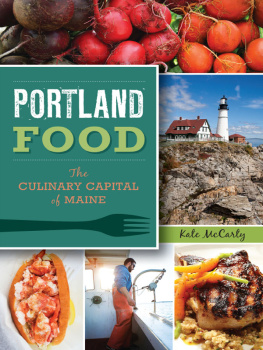
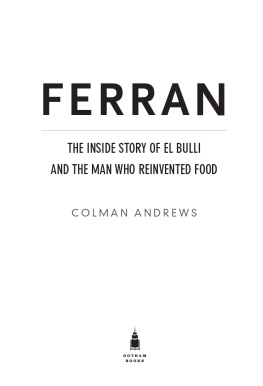
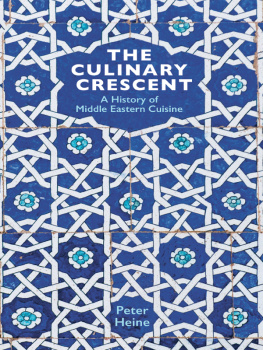
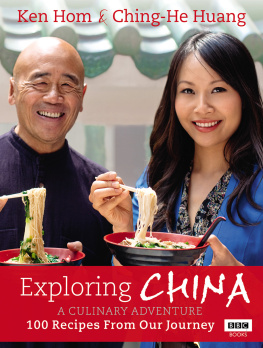
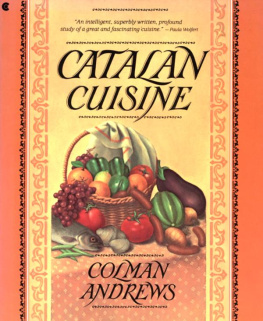
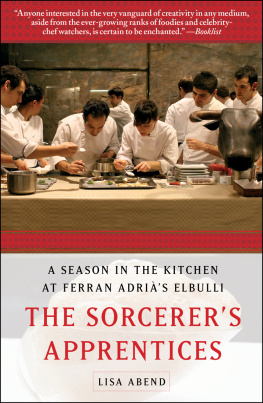

 The paper used in this publication meets the minimum requirements of American National Standard for Information SciencesPermanence of Paper for Printed Library Materials, ANSI/NISO Z39.48-1992.
The paper used in this publication meets the minimum requirements of American National Standard for Information SciencesPermanence of Paper for Printed Library Materials, ANSI/NISO Z39.48-1992.